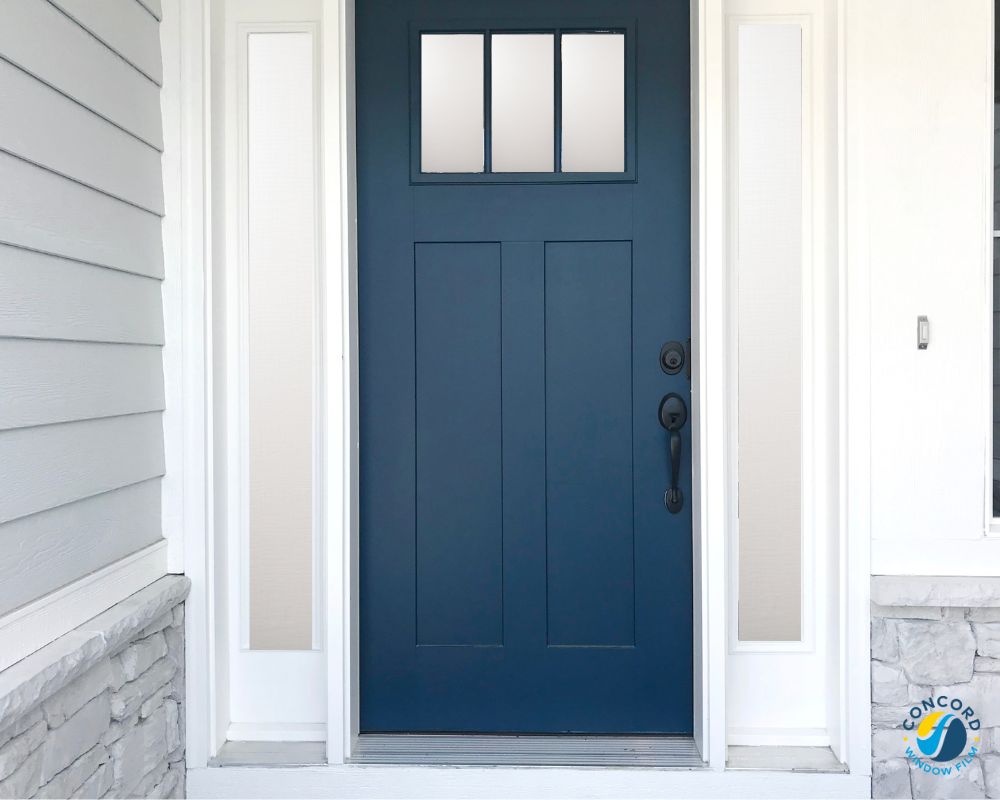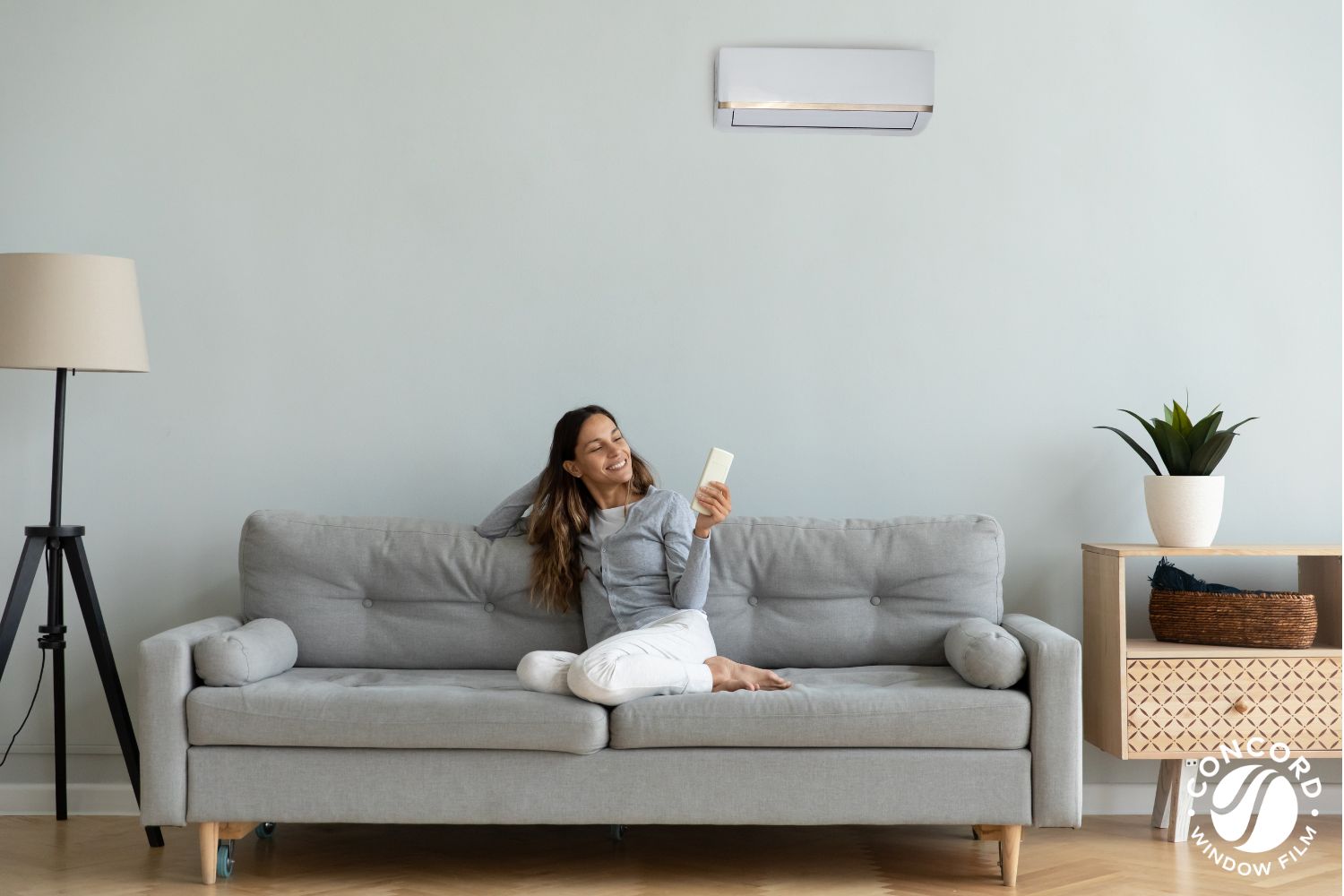
FREE SHIPPING ON PRECUT KIT ORDERS OF $100 OR MORE

Did you know that the average U.S. household spends $1,246 on air conditioning? That’s according to stats collected by the U.S. Energy Information Association. Of course, the final amount depends on the climate where you live, the size of your house, and the cost of energy from your provider. But, this is a big number, so it’s important to make sure your air conditioner is operating at peak performance.
Dirty air filters reduce airflow and force your AC to work harder to circulate air through your home, reducing efficiency. This can lead to increased energy consumption and higher utility bills. According to the U.S. Department of Energy, replacing a clogged air filter with a clean one can improve an air conditioner’s energy efficiency by 5 to 15%.
Clean or replace your filters at least once a month during the peak cooling season you’ll save money on energy bills and keep your air conditioner in good shape, preventing costly repairs.
Dirt, leaves, and debris can accumulate on the outside of your AC unit, blocking airflow and reducing efficiency. Clear any obstructions and clean the unit regularly.
In addition, make sure there is at least 2 feet of clearance around the outside of the air conditioner. Trim any vegetation that is too close to the unit to ensure adequate airflow.
Leaks in your home’s insulation and air ducts can allow cool air to escape, reducing efficiency. Seal leaks and add insulation to keep cool air inside your home.
When your air conditioner has to work harder to cool your home due to air leaks, it can lead to increased wear and tear on the system. By sealing air leaks, you can reduce the workload on your air conditioning system, which can help extend its lifespan.
A programmable thermostat allows you to set specific temperature levels for different times of the day, so your air conditioner only runs when necessary. For example, you can program your thermostat to raise the temperature during the day when you are away from home and lower it just before you return. This reduces the amount of time your air conditioner runs and can help lower your energy bills.
What’s more, with a programmable thermostat, you can set the temperature to remain consistent throughout the day, rather than constantly adjusting the thermostat manually. This helps to maintain a comfortable temperature in your home, while also reducing the workload on your air conditioning system.
Regular maintenance, such as cleaning coils and checking refrigerant levels, can help keep your AC running efficiently and catch any issues before they become more serious.
By keeping your air conditioning unit well-maintained, you can help ensure that it is operating at peak performance, providing you with cool, comfortable air throughout the summer months.
If your AC is more than 10 years old or has a low SEER (Seasonal Energy Efficiency Ratio) rating, upgrading to a more efficient unit could significantly improve your cooling efficiency and save you money in the long run.
SEER stands for Seasonal Energy Efficiency Ratio. It is a measure of an air conditioner’s cooling efficiency over the course of a typical cooling season. The SEER rating is calculated by dividing the amount of cooling output that an air conditioner provides during a season by the amount of energy it consumes during that same period.
The higher the SEER rating of an air conditioner, the more efficient it is in terms of energy consumption. The minimum SEER rating for new air conditioners installed in the United States is 14, but some models have SEER ratings as high as 26 or more.
High SEER air conditioners use advanced technology to operate more efficiently than lower SEER models. This means that they can provide the same level of cooling with less energy consumption, which can lead to significant energy savings and lower utility bills.
A ceiling fan can improve your AC’s efficiency by increasing air circulation and distributing the cooled air more evenly. This can help your AC run more efficiently by reducing hot spots and temperature fluctuations.
In addition, ceiling fans can help to create a gentle breeze in your home, which can make the air feel cooler and more comfortable. This can allow you to raise the temperature on your thermostat a few degrees, which can help to reduce energy consumption and save you money on your utility bills.
The U.S. Department of Energy recommends setting your thermostat at 78 degrees in the summer when you are home and at 82 degrees when you are away or asleep. Setting your temperature to 78 instead of 72 degrees will cut your AC energy costs by 20%.
Increasing the temperature will reduce your energy consumption, helping to reduce your environmental impact and lowering your carbon footprint.
Another great way to help the efficiency of your air conditioner and save energy and money is to stop the sun coming in at the window. There are many ways to achieve this (see our post on energy-efficient window coverings), but the best is with a solar control window film like Concord’s ComforTech™ Ceramic Series.
Window film uses high technology to reflect and absorb the sun’s rays before they enter your home. By stopping up to 82% of solar energy from entering the home, your AC won’t have to work nearly as hard!
Following these tips can help ensure that your air conditioner is working efficiently and keeping your home cool all summer long!